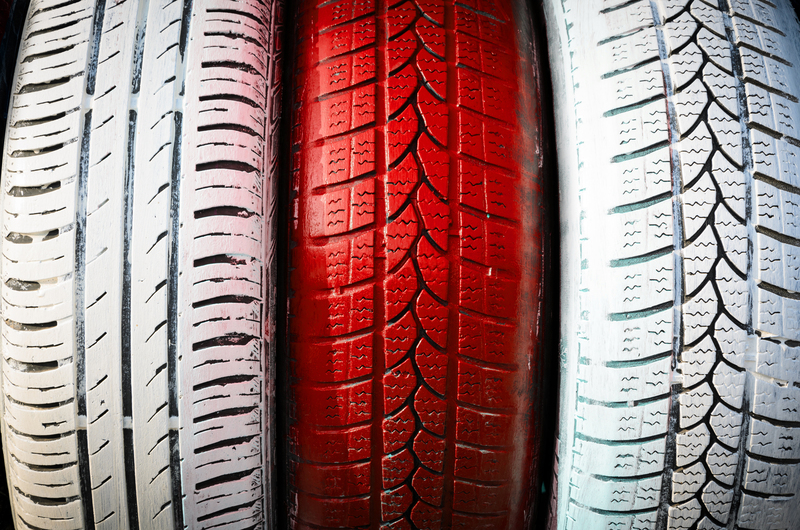In today's world, where environmental concerns are at the forefront, turning your house into an eco-friendly masterpiece has never been more important. Not only does it benefit the environment, but it also offers cost savings, improved health, and a sustainable lifestyle. This comprehensive guide will help you transition to a greener home, ensuring your space is both sustainable and stylish.
Understanding the Concept of an Eco-Friendly Home
An eco-friendly home is designed to have minimal impact on the environment. These houses utilize sustainable materials, energy-efficient practices, and green technologies. The main goal is to reduce carbon footprint while maintaining comfort and aesthetics.
The Benefits of Eco-Friendly Homes
- Reduced Utility Bills: Energy-efficient systems and appliances consume less power, significantly reducing monthly expenses.
- Improved Health: Use of non-toxic materials and improved air quality contributes to better health.
- Higher Property Value: As demand for sustainable homes grows, eco-friendly features can enhance your home's market value.
- Environmental Impact: Reducing waste and emissions contribute to a healthier planet.

Steps to Transform Your Existing Home
1. Conduct an Energy Audit
Before making any changes, start with a thorough energy audit. This assessment will identify which aspects of your home are energy inefficient and suggest improvements. Many utility companies offer audits at no cost, providing a detailed report of how to optimize your home's energy consumption.
2. Embrace Renewable Energy Sources
Switching to renewable energy is a significant step towards an eco-friendly abode. Consider the following:
- Solar Panels: Harness the power of the sun to generate electricity. Many governments offer incentives and rebates for solar installations.
- Wind Power: If your location permits, small wind turbines can be a viable energy solution.
- Geothermal Systems: Use the earth's consistent underground temperature to heat and cool your home effectively.
- Hydroelectric Systems: Depending on access to water resources, this may be an option.
3. Optimize Insulation and Windows
Proper insulation is crucial for maintaining consistent indoor temperatures and improving energy efficiency. Ensure your home is well-insulated, particularly in the attic and walls. Upgrade to double or triple-glazed windows to enhance thermal efficiency, reduce noise, and improve aesthetic appeal.
4. Water Conservation Techniques
Reducing water usage not only helps the environment but also decreases water bills. Try these strategies:
- Low-Flow Fixtures: Install faucets, showerheads, and toilets designed to use less water without compromising performance.
- Rainwater Harvesting: Collect rainwater for gardening and other non-potable uses.
- Smart Irrigation Systems: Use weather sensors to optimize watering times and amounts.
5. Eco-Friendly Building Materials
The use of sustainable materials is key when remodeling or constructing a home. Consider materials such as:
- Bamboo: A rapidly renewable resource that's strong and versatile.
- Recycled Steel: Strong and energy-efficient, reducing the need for new raw materials.
- Recycled Wood: Offers a rustic look while conserving natural resources.
- Cork: Hypoallergenic and biodegradable, ideal for flooring.
6. Indoor Air Quality Improvement
Enhancing indoor air quality is essential for a healthy living space. Implement the following:
- Houseplants: Improve air quality naturally by absorbing toxins.
- Non-Toxic Paint: Choose paints low in volatile organic compounds (VOCs).
- Ventilation Systems: Ensure proper ventilation for fresh air flow through the home.
Incorporating Smart Home Technology
Technology plays a significant role in creating energy-efficient homes. By integrating smart home devices, you can convert your house into a technologically advanced eco sanctuary:
- Smart Thermostats: Automatically adjust heating and cooling to optimize energy use.
- Energy Monitoring Systems: Track energy usage and identify wastage.
- Smart Lighting: Control lighting with apps or voice commands to avoid unnecessary usage.

Aesthetic Design Touches for an Eco-Friendly Home
1. Minimalist Design
Adopting a minimalist design reduces clutter and emphasizes purpose over excess. This approach often utilizes fewer materials and enhances airflow.
2. Biophilic Design Elements
Biophilic design connects inhabitants with nature. This includes the use of natural light, greenery, and creating outdoor-indoor spaces.
3. Sustainable Furnishings
Opt for furnishings made of sustainable materials and buy from companies committed to eco-friendly practices. Recycled or upcycled products can also add unique pieces to your decor.
4. Creative Use of Lighting
Maximize natural light during the day and use energy-efficient lighting options such as LEDs to minimize energy consumption at night, achieving a balanced, eco-friendly home environment.
Conclusion: Personalized and Sustainable Living
Transforming your house into an eco-friendly masterpiece is a rewarding venture that significantly reduces environmental impact. Every green improvement, no matter how small, contributes to a healthier planet. Embarking on this journey means not just investing in your home, but also in the future of our planet. So, take the steps towards sustainability and enjoy the comfort and benefits of an eco-friendly lifestyle.
Remember, an eco-friendly home is not just about making better choices but also about setting a sustainable example for others. Whether you are just starting or are well on your way, there's always room to improve and inspire.